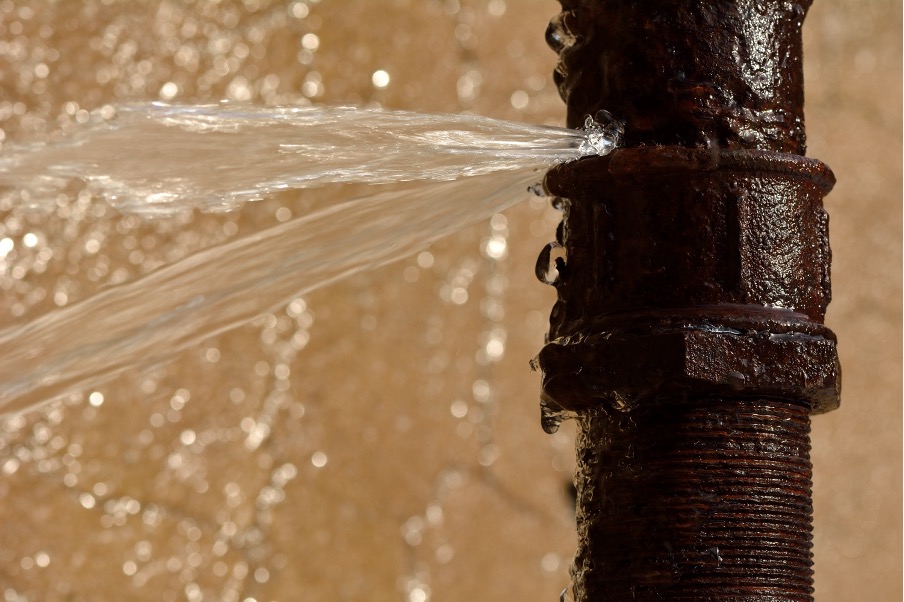6 Ways to Discover Hidden Water Leaks in Your Home
6 Ways to Discover Hidden Water Leaks in Your Home
Blog Article
How do you feel on the subject of Detecting hidden plumbing leaks?

The minute you discover a leak, calling your plumber for repair work is the very best option. Nevertheless, some little water leaks may not show up. If you can not discover it with your naked eyes, below are some hacks that help.
Early discovery of dripping water lines can minimize a possible calamity. Aside from saving you money, it will reduce the stress and frustration.
Examine Water Intake
Evaluate your water costs and also track your water intake. As the one paying it, you must discover if there are any kind of discrepancies. If you identify sudden changes, despite your intake being the same, it suggests that you have leakages in your plumbing system. Remember, your water bill need to fall under the same range every month. An unexpected spike in your expense shows a fast-moving leakage.
A consistent increase every month, also with the very same behaviors, shows you have a slow-moving leak that's also slowly intensifying. Call a plumber to extensively examine your building, particularly if you feel a warm location on your floor with piping beneath.
Inspect and Evaluate the Circumstance
Property owners must make it a routine to check under the sink counters and also even inside cabinets for any bad odor or mold growth. These two warnings show a leak so punctual focus is called for. Doing regular examinations, also bi-annually, can conserve you from a significant trouble.
Take A Look At the Water Meter
Checking it is a proven means that aids you find leaks. If it relocates, that suggests a fast-moving leak. This indicates you might have a slow leakage that can even be underground.
Asses Exterior Lines
Don't forget to inspect your outside water lines too. Test spigots by connecting a garden pipe. Ought to water permeate out of the link, you have a loose rubber gasket. Replace this as well as make sure all connections are limited. It will certainly aid get it professionally examined and maintained every year if you have actually got a lawn sprinkler system. One little leakage can waste lots of water and surge your water costs.
Do a Food Coloring Examination
When it comes to water usage, 30% comes from toilets. If the color in some way infiltrates your bowl throughout that time without flushing, there's a leak in between the container as well as dish.
Much more importantly, if you know your house is currently old, keep a watchful eye on your heating units, pipes, pipelines etc. Look for discolorations as well as damaging as most pipes and also devices have a life span. They will additionally normally deteriorate because of tear and also use. If you suspect leaking water lines in your plumbing system, do not wait for it to escalate. Call an expert plumber as soon as possible so you do not wind up with a horrible mess in your house.
The minute you locate a leakage, calling your plumber for repair work is the ideal option. Some tiny water leaks may not be noticeable. Inspecting it is a surefire method that helps you uncover leakages. One little leakage can waste tons of water as well as increase your water costs.
If you think leaking water lines in your plumbing system, don't wait for it to escalate.
How to Know If Your Home Has a Hidden Leak
Water Meter Reveals Inexplicable Water Usage
If you’d like to test whether or not there’s a leak somewhere in your home, you can do this using your water meter. Here is how to conduct the test:
Don’t use any water in your home for at least 30 minutes; this also means not turning on faucets or water-using appliances.
Go outside, and check your water meter for activity.
If your water meter shows that there was activity, even though no one was using any water, this proves that there is a leak in your home.Visible Mold or Mildew Growth
Leaks behind walls create moist, dark environments that allow mold and mildew to grow and thrive. Eventually, you might see mold growth forming on the wall closest to a hidden leak.
If mold is growing in an area that receives a high amount of moisture, such as a bathroom, it may simply be an indication that better ventilation is needed. However, if you see mold growth on a wall or the ceiling in an area where you would not expect, you probably have a hidden leak.
Musty, Mildew Odor
Sometimes you might not be able to see the mold or mildew that is growing as a result of a leak. However, the smell can give the problem away just as easily. If you catch a whiff of something musty, there’s a good chance that old water is collecting somewhere in your home that you can’t see.
Stained/Warped Walls, Ceilings, or Floors
When your home soaks up water, a variety of red flags can become visible, including ceiling stains, bubbling drywall, warped walls, and sagging floors. While these issues can be caused by excess humidity, they can also be signs that a pipe or plumbing connection has started leaking behind your walls.
Inexplicably High Water Bill
After a while, you get a general sense for what your water bill should be. If you own a pool or sprinkler system, your bill will tend to be higher during summer. However, if you receive a water bill that seems especially high, and you can’t figure out what caused it, then you may have a hidden leak somewhere that’s increasing your bill.
https://www.plumbingjoint.com/blog/2019/july/how-to-know-if-your-home-has-a-hidden-leak/

As a serious reader on Finding hidden leaks, I think sharing that portion was mandatory. In case you enjoyed our page if you please be sure to pass it around. We thank you for reading our article about Leaking water lines.
Report this page